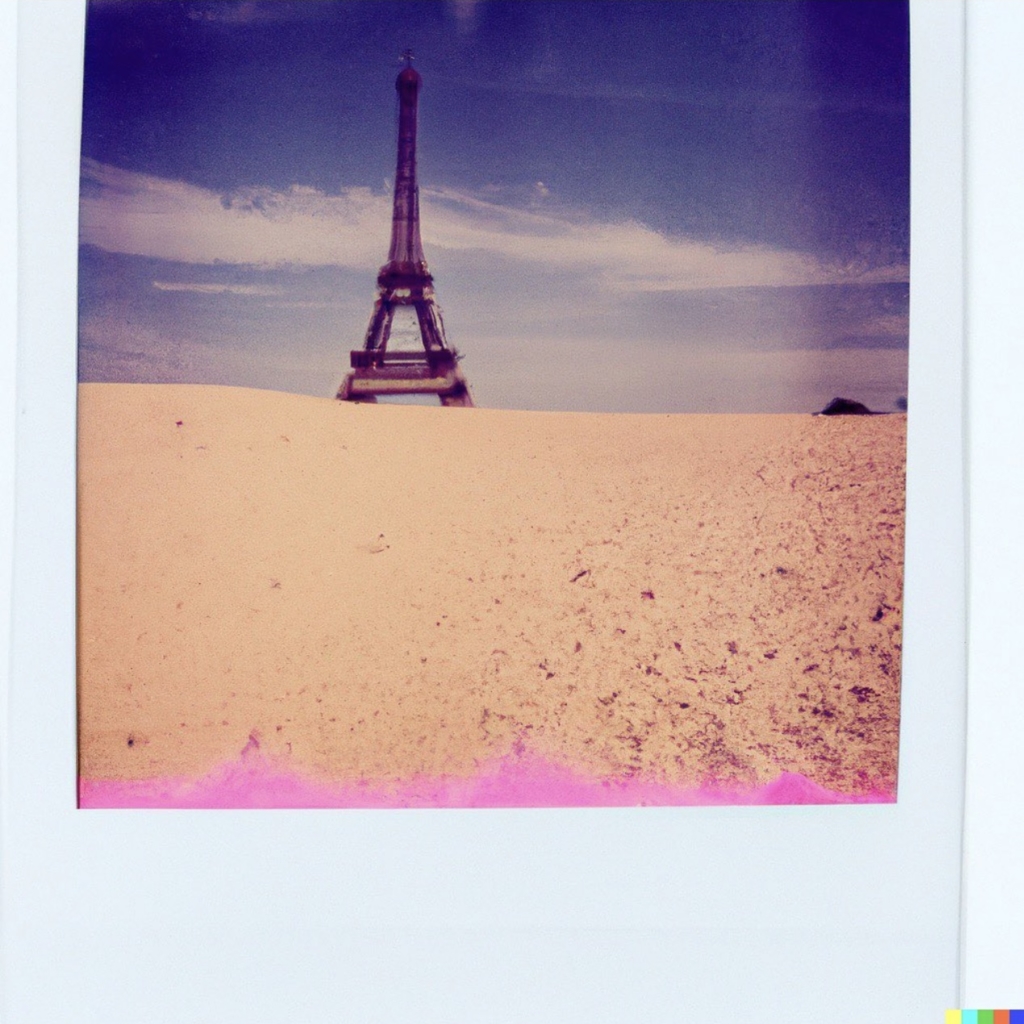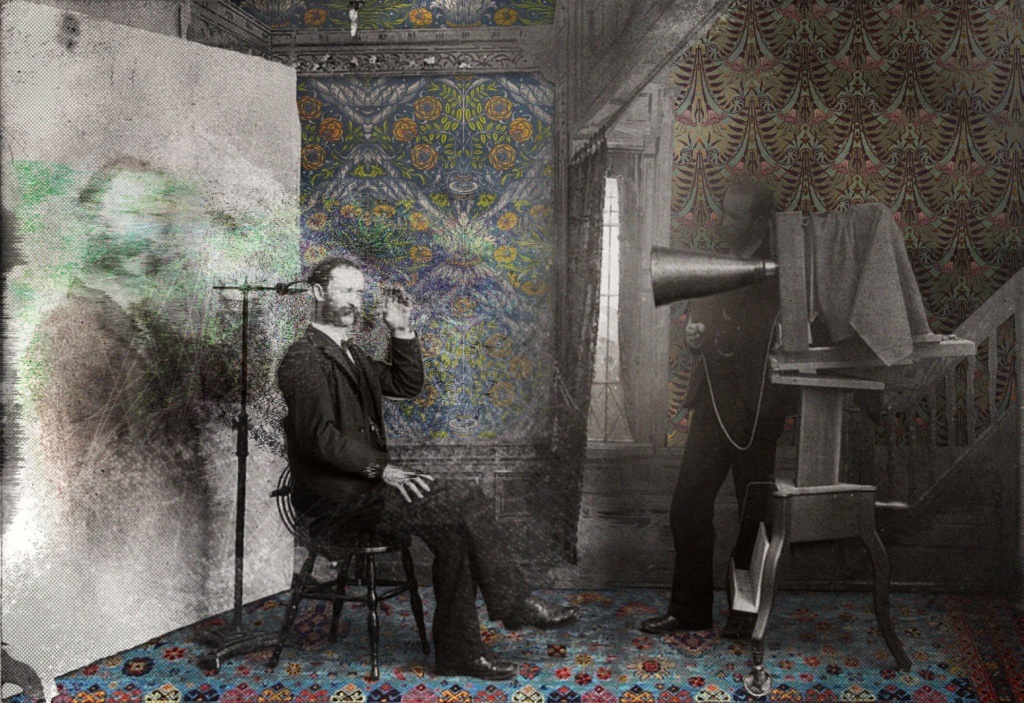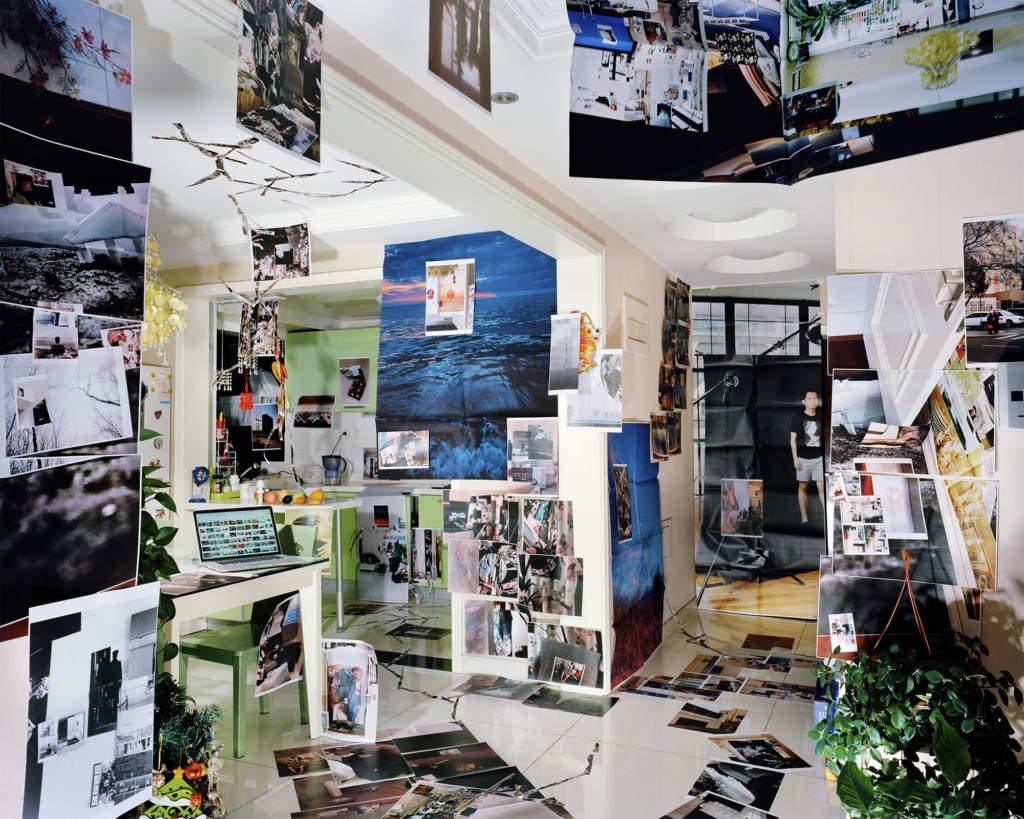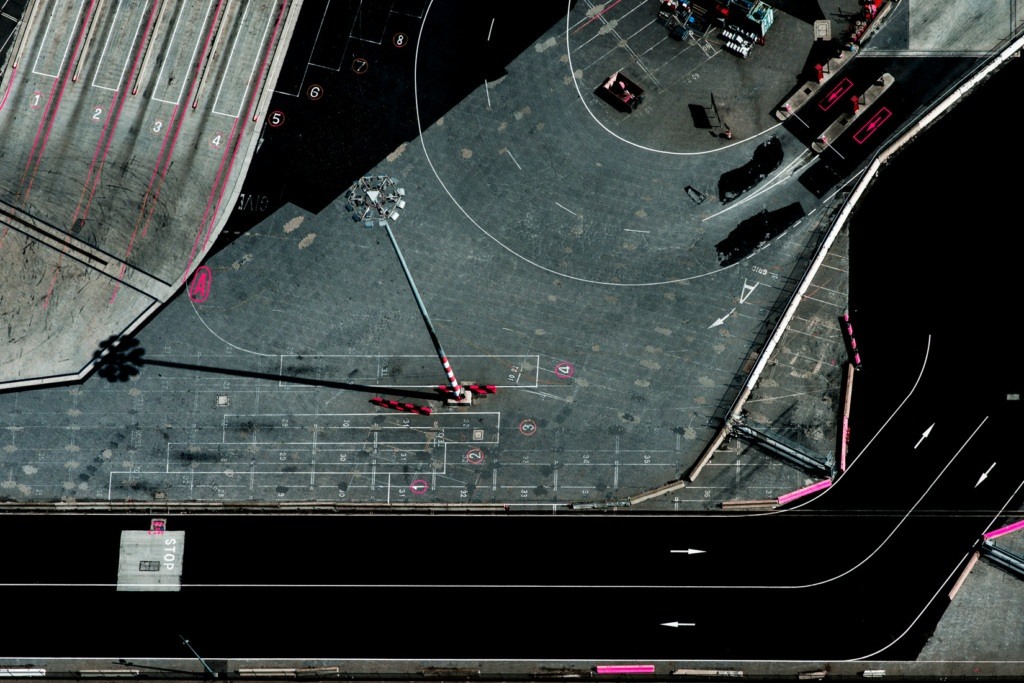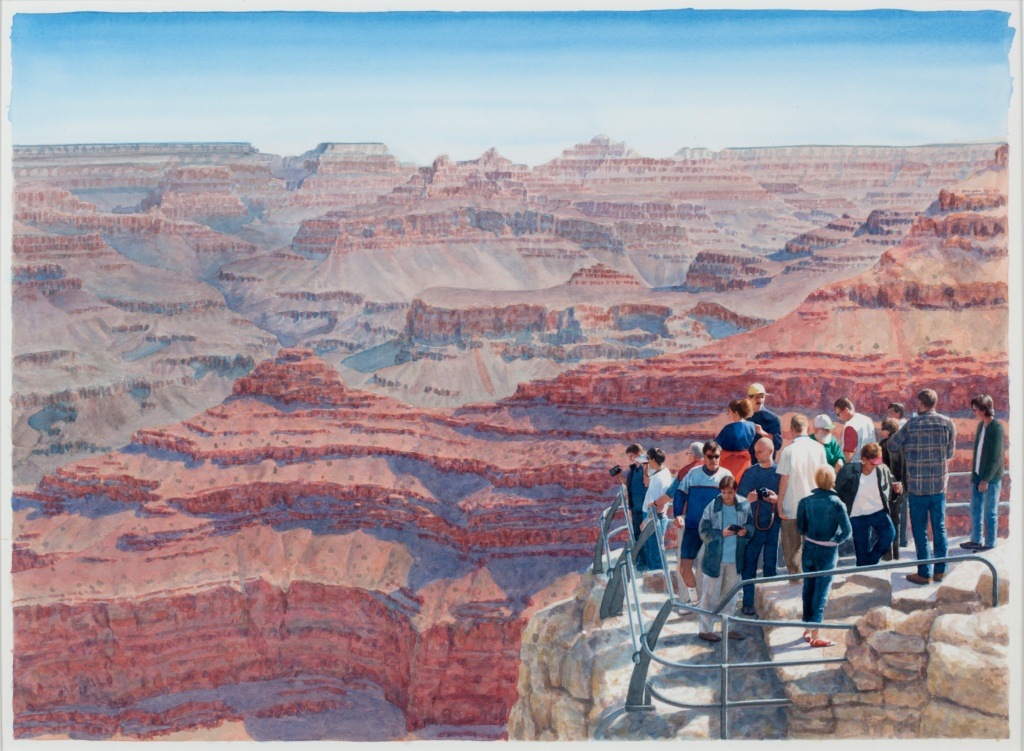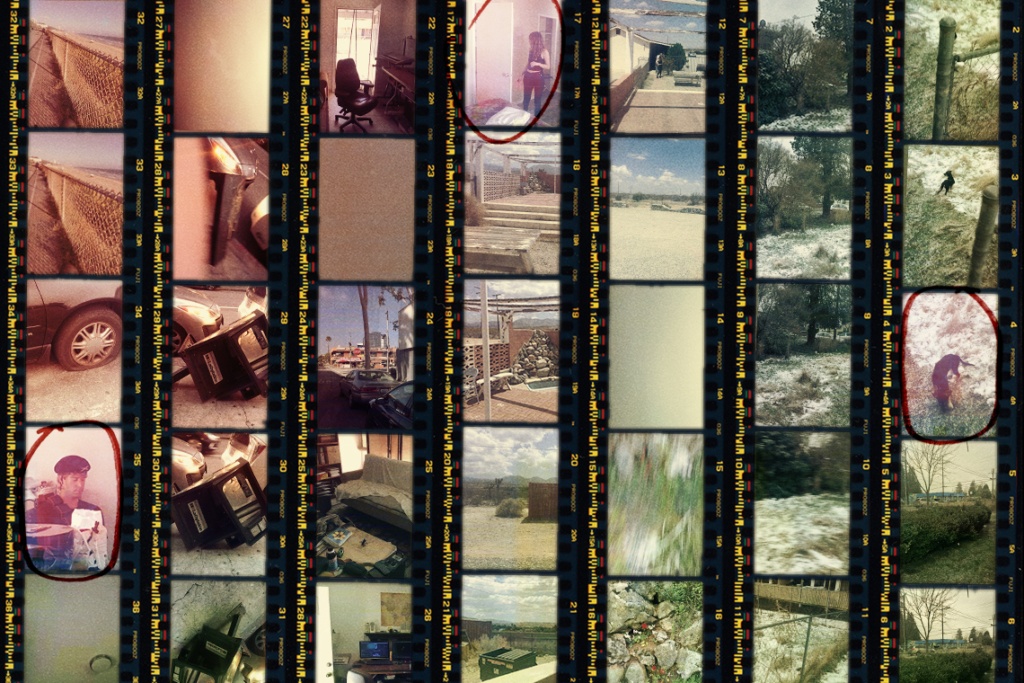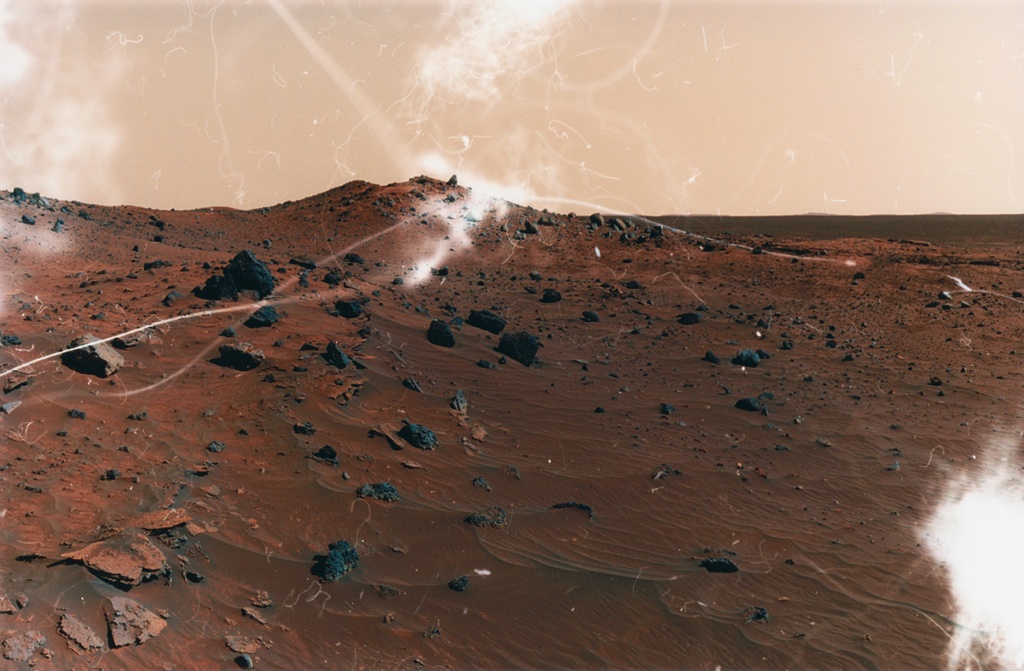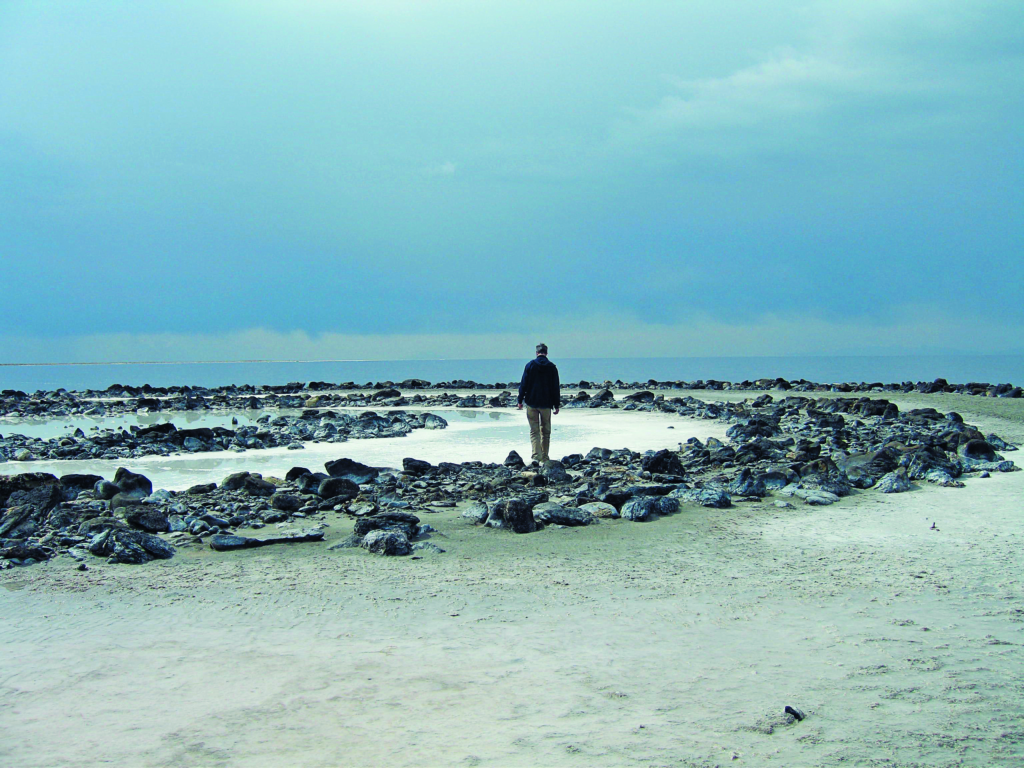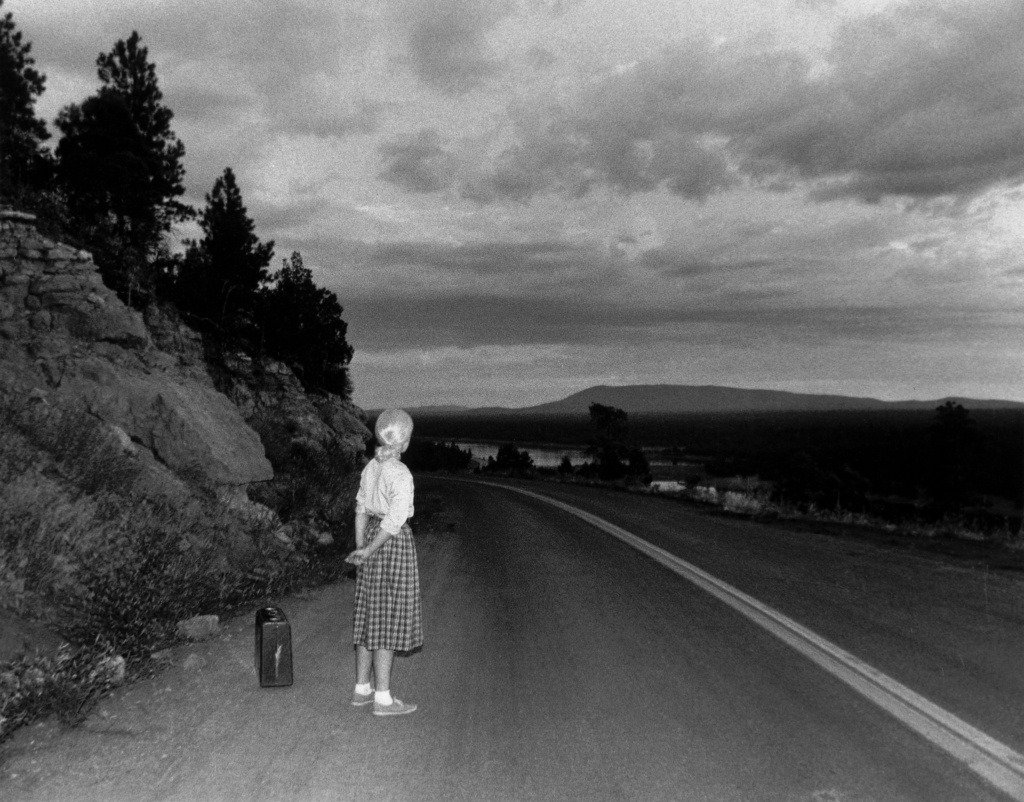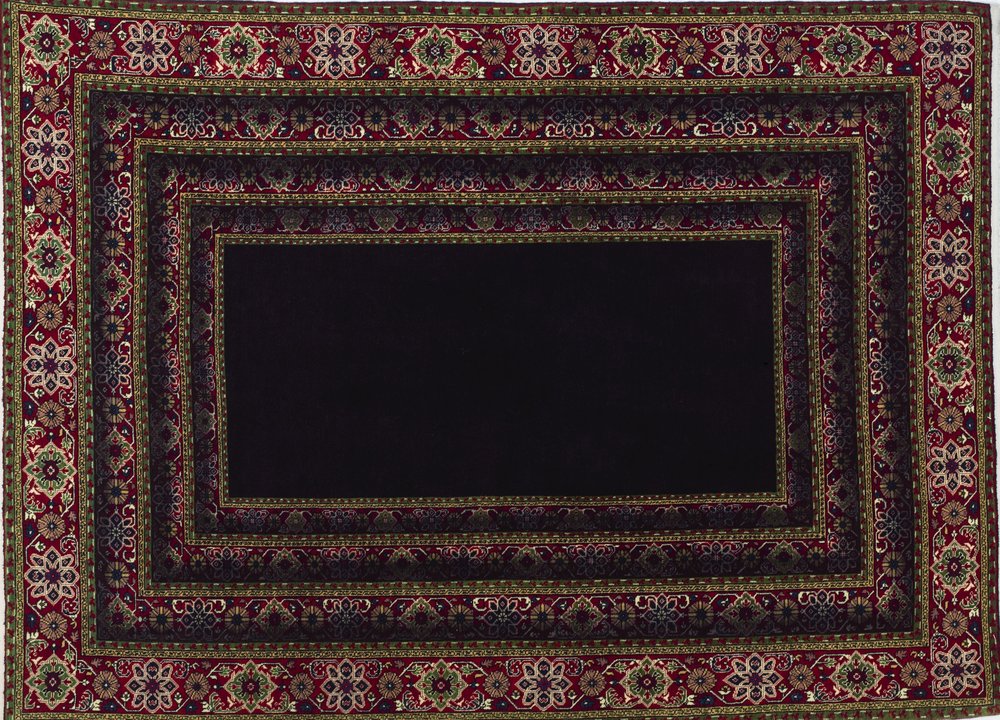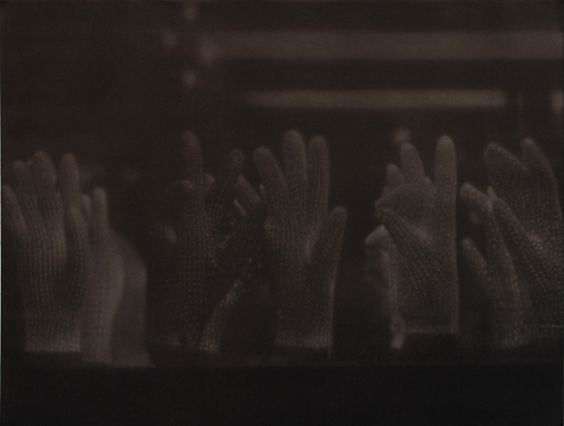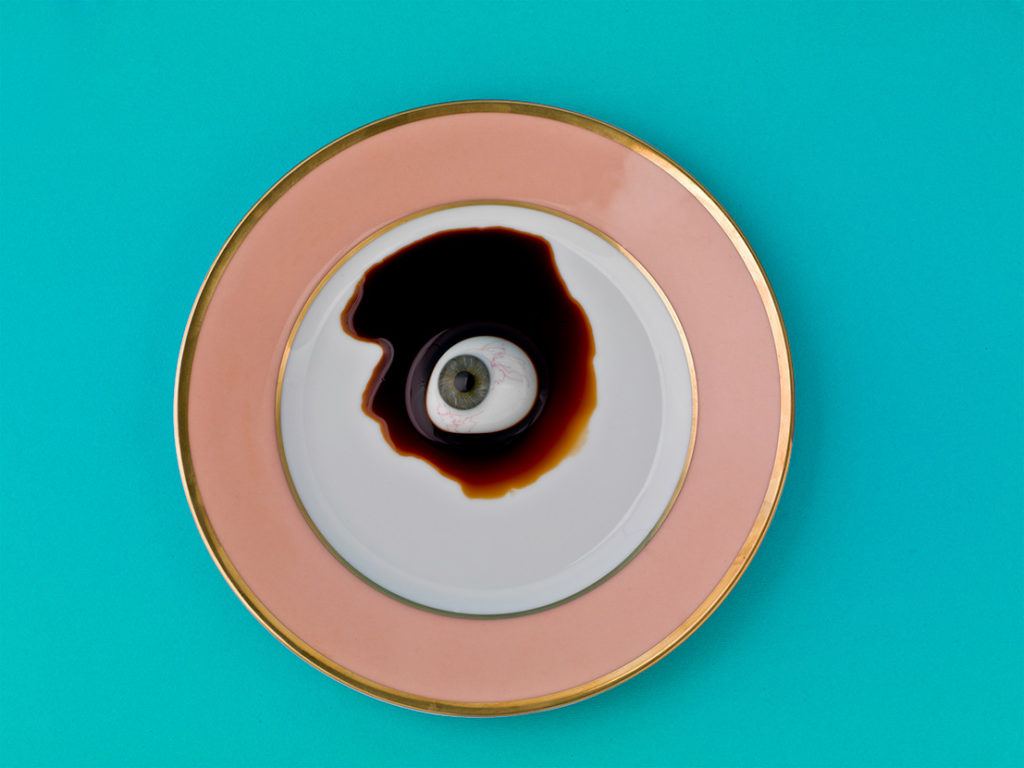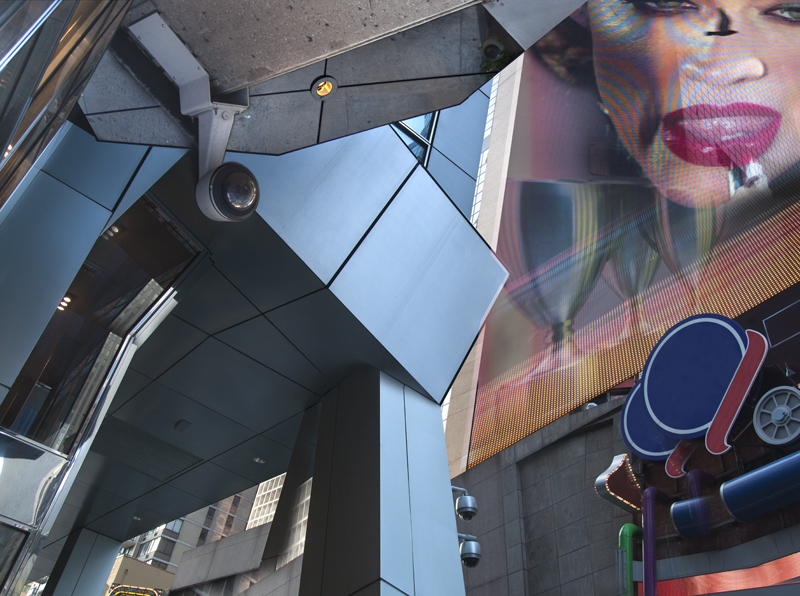Topics
Photography
The new centrality of image making to everyday life
Telematic Society
Vilém Flusser‘s theory of photography anticipated our current society in many ways, capturing how we become data processors for an overarching social system. But the blind spots in his theory can help us see the risks inherent in his style of seductive techno-prophecy
Found Images
Images were once too scarce to be deployed rhetorically; they seemed to be more documentary by default. Now communicating continually with images is common, which generates a nostalgia for when images could speak something other than what the photographer meant to say
Faces of Histories
When image-manipulation tools like the recent “Deep Nostalgia” gain notoriety, they are often described as either “cool” or “creepy.” But such privileged reactions sidestep the expropriation involved in representing people without consent, and the way such transgressions disproportionately affect marginalized people.
Screen Memories
Like the snapshot, the screenshot is a way of metabolizing the world around us, framing intimate spaces that are controlled, nevertheless, by outside parties. Counterintuitively, it provides a brief escape from computational logic.
Looking Down
The pandemic has divided society into those who have become targets and those who can safely watch. Enter drone photography’s socially distanced view.
Look for America
Some are trying to shame photo takers at national parks, seeing their presence as ruinous. But photography was instrumental to the founding of the national park system, and documentation is essential to properly understanding the indigenous history of lands that many are now inclined to demote to empty scenery.
Manufactured Recollection
When the same kinds of algorithms determine which of our photos we should revisit in social media and which ads perform the best, our memories will inevitably look more like the advertising campaigns and paid influencer posts that surround us. The social consensus around what is “worth” remembering is becoming more tethered to an image’s commercial viability.
Pictures at an Exhibition
People taking art selfies at museums are sometimes accused of ruining the museum going experience for others. But their social media images can also enhance the aura of artworks and make them more impressive in person. Photographing art for yourself allows you to participate in that aura and engage with works in terms of their collective significance.
Seeing Red
The act of seeing Mars has always been vicarious, it can only be known “virtually” through images. Mars thus exemplifies how screens and algorithms, rather than undermining our ability to see “reality,” can be key to making our understanding of real places possible in the first place.
Picture Yourself Happy
Advertising images of people taking selfies are quoting Instagram to put the idea of an attainable happiness on display, not as a lasting thing you can buy but as something that can be orchestrated. These images sell the world to us as a curated context for the selfies we’d like to take.
Still Lives
We collect images to remind ourselves of what matters to us, but the wish to make meaning is obfuscated by the sheer volume of images we take, make, or collect. The more we storify our pasts and futures with images, the more the self becomes subject to broader prevailing styles of aspirational imagery.
Fiber Optics
Images of textiles and fabric art on social media sites metaphorically testify to how we weave our way through the internet and how our lives are interwoven online and off. They also provide a sense of tactility to our image consumption, and mold digital spaces into places where women’s heritage is no longer silent or invisible.
Consider the Lost Glove
Through sheer repetition in a collection of images, something arbitrary and familiar — a single lost glove — can take on surrealistic significance. Has the act of looking at a photograph ever been to remember “an object in its entirety,” if that were possible? Is it an empty glove on the pavement pointing to nothing that we remember, or some new thing entirely?
Image Feed
Food is a visual medium. Consuming images of food offers a different satisfaction from eating that food, and often a better one. We use “food porn” to imagine ourselves in situations we may or may not want to be in, to experience desire over food we might not dare to actually consume. Staging meals for photos is its own pleasure too, lending permanence to a transitory occasion.
The Spy Is a Camera
In offering you the chance to decide which tagged photos of yourself you want to show, social media sites offer you a feeling of control, as well as a chance to enjoy the idea of other people looking at you. This serves as compensation for a surveillance that many of us can’t imagine being able to escape.
